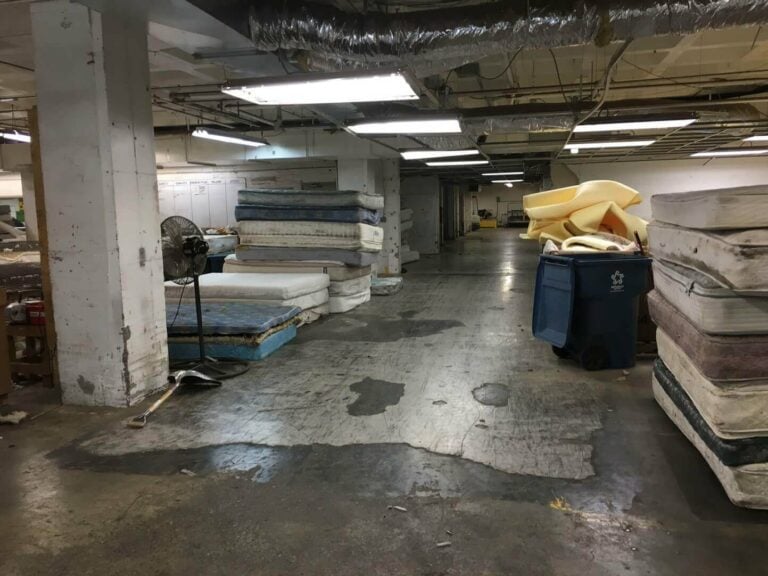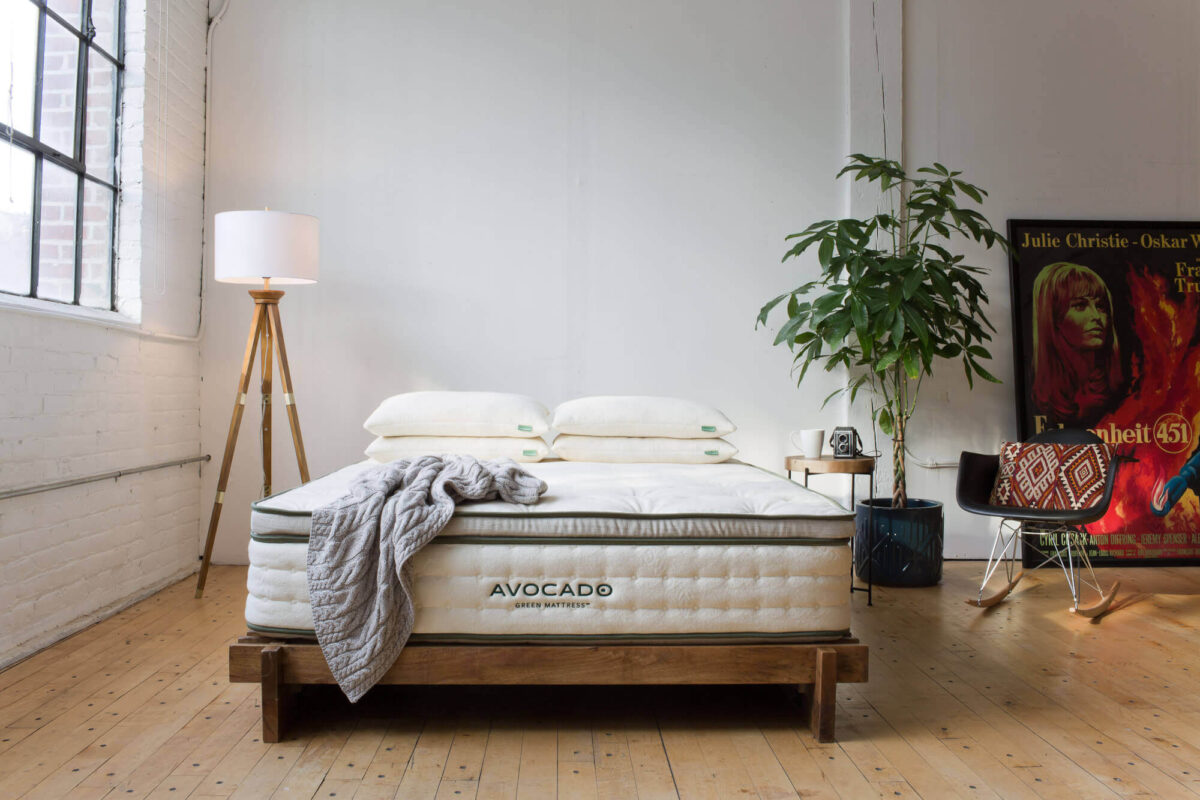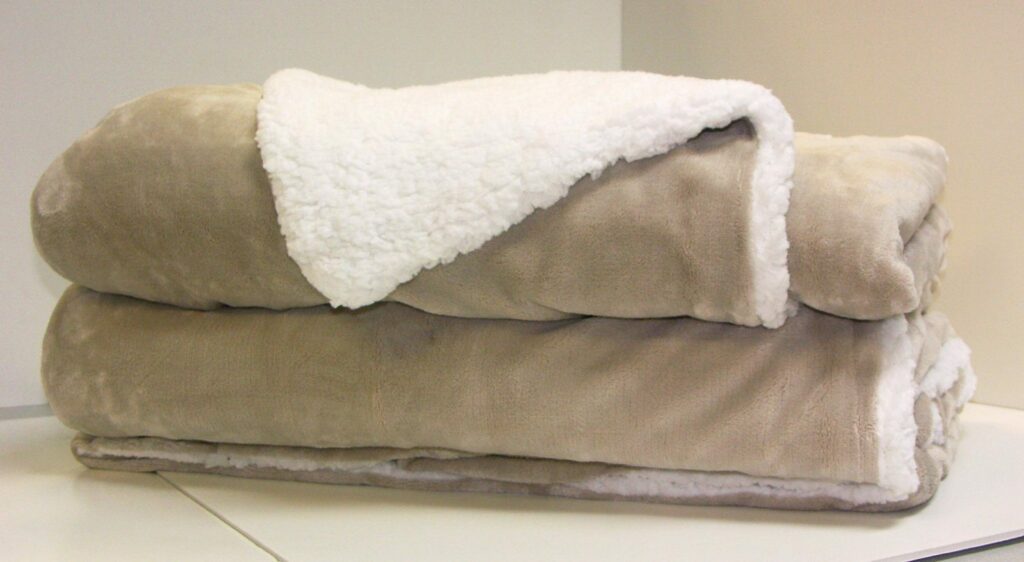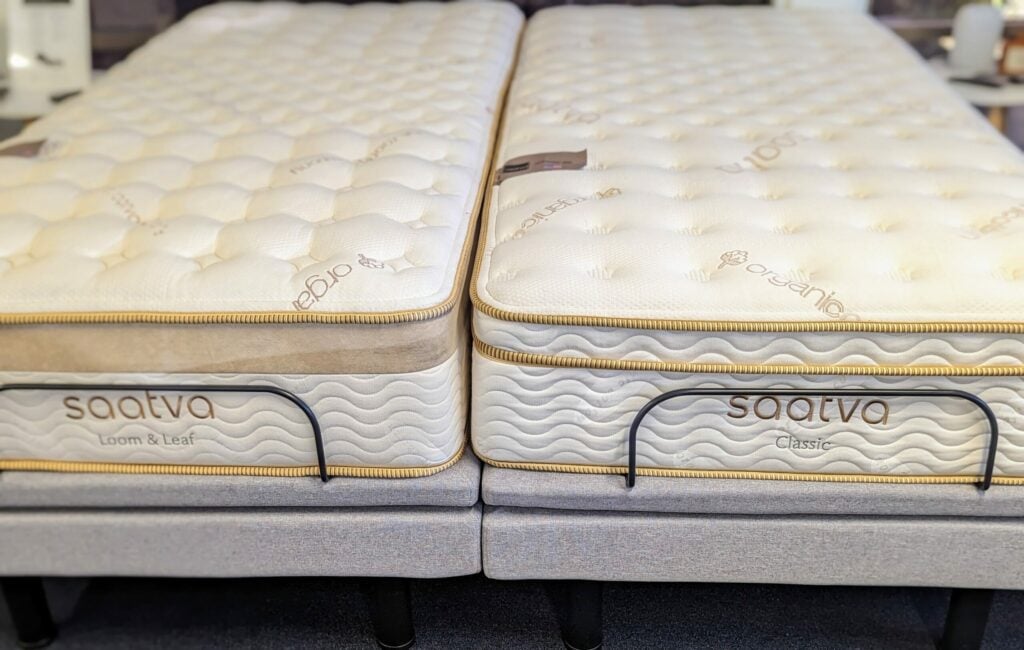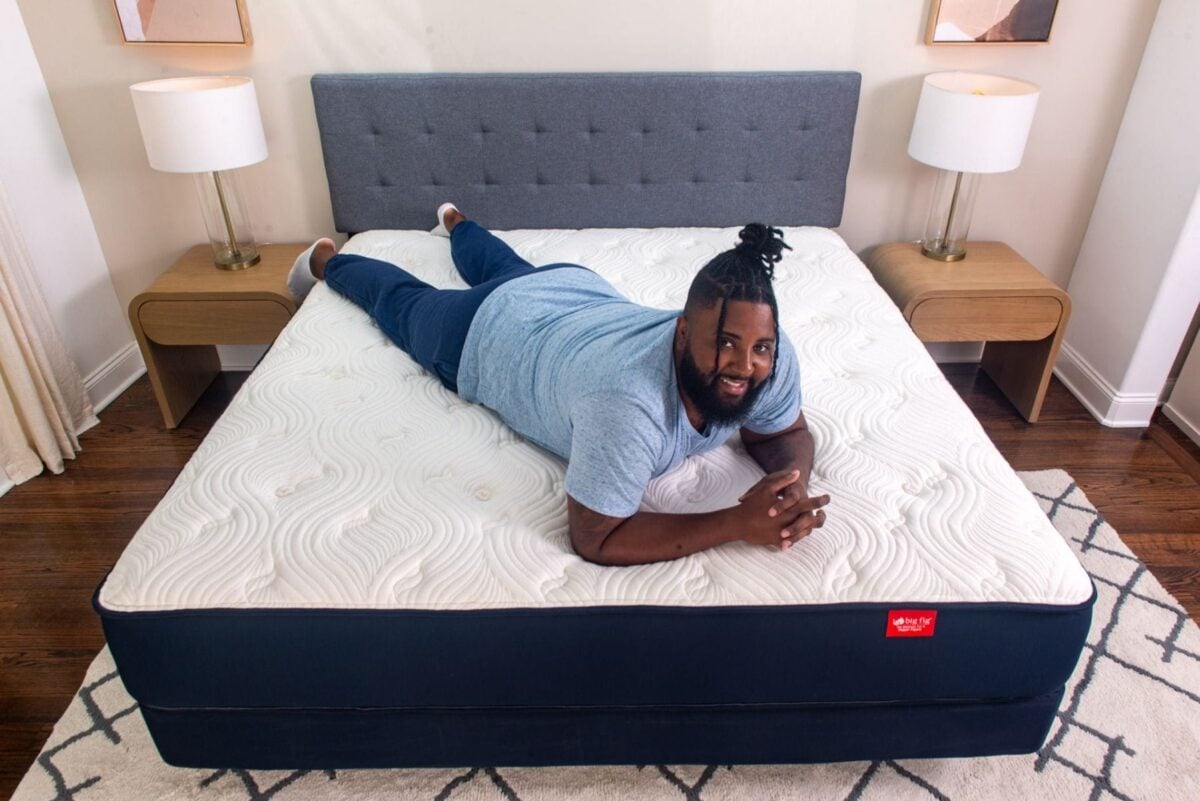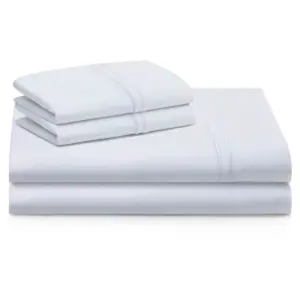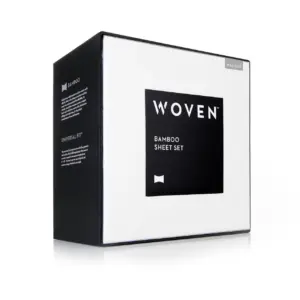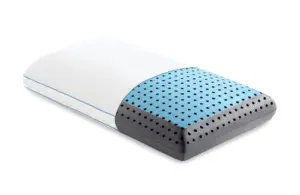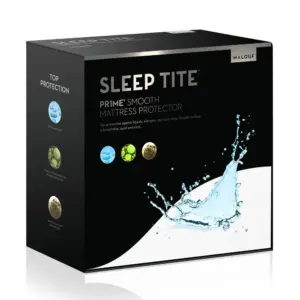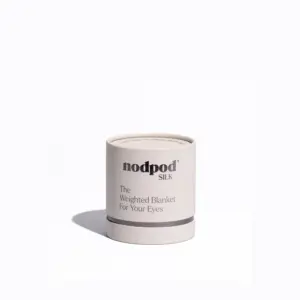Mattress Recycling Programs Across States: A Nationwide Look
In recent years, the issue of sustainability has found its way into our bedrooms. Mattress recycling has become a focal point for numerous states, with the intent of diverting bulky waste from landfills and promoting responsible disposal. This article offers a glance at the varied mattress recycling programs across the nation.
California: Leading the Way
The Golden State was among the first to legislate mattress recycling with the California Used Mattress Recovery and Recycling Act. Under this law, retailers tack on a recycling fee to each mattress and box spring sale. This fee funds the state’s recycling program, overseen by the Mattress Recycling Council, which facilitates mattress collection, transportation, and recycling.
Connecticut: Pioneering the Northeast
In Connecticut, the program is similarly funded by a per-item fee at the point of purchase. The state has made significant strides, boasting several collection sites and events where residents can drop off mattresses for free, leading to a surge in recycling rates.
Rhode Island: Small State, Big Impact
Rhode Island might be the smallest state, but its commitment to mattress recycling is commendable. Like California and Connecticut, Rhode Island’s program is also managed by the Mattress Recycling Council. Residents benefit from the convenience of multiple drop-off locations throughout the state.
Texas: A Patchwork of Efforts
While Texas doesn’t have a statewide program in place, various cities have taken the lead. Austin, for instance, partners with local businesses to offer mattress recycling. Houston, too, has seen non-profit initiatives stepping in to fill the void.
Minnesota: Community-Driven Initiatives
Minnesota’s mattress recycling scene is a blend of public and private collaboration. Non-profits such as the “Mustard Seed” in the Twin Cities region have been trailblazers, recycling thousands of mattresses each year and providing employment opportunities in the process.
Oregon and Washington: Towards Comprehensive Solutions
Both states have been exploring the possibility of statewide mattress recycling programs. Preliminary studies and stakeholder consultations have been initiated, signaling the onset of more structured programs in the near future.
Challenges and the Road Ahead
While these programs have proven successful, challenges remain. One primary concern is the illegal dumping of mattresses. Ensuring widespread public awareness about the availability and benefits of recycling programs is essential. Additionally, the varied materials in mattresses, from memory foam to traditional springs, mean recycling processes must continually evolve.
The momentum for mattress recycling is undoubtedly building. With consumer awareness on the rise and more states considering legislation, the vision of a nation where every discarded mattress gets a second life seems increasingly attainable.
In a world ever-conscious of its ecological footprint, the move towards sustainable mattress disposal is not just a trend – it’s a necessity. And as states rally behind the cause, they are laying down a blueprint for others to follow.
Ever what happens when you put your discarded mattress on the curb? Does it go to mattress heaven? Given their size and construction, mattresses pose a problem for waste haulers and garbage dumps. They take up lots of space in landfills and so many municipalities are looking for solutions to reclaim as much of your used mattress material as possible.
Recently I visited Second Chance Recycling, a local non-profit that takes discarded mattresses and disassembles them to recycle or reclaim some of the components. There are so many good things about this operation. For starters they hire people that are facing employment barriers due to a number of factors. Working at Second Chance gives them the opportunity to develop a work history and use that on their resume to eventually transition to another job or career.
On average, Second Chance processes around 300 mattresses a day. Most of them come from Minneapolis which contracts with them to bring in all discarded mattresses left at resident’s curb. This may seem like a small number for a city like Minneapolis but it’s important to note that large retails such as Mattress Firm usually offer to take away your old mattress when you buy a new one from them and they have their own systems in place for disposal of old mattresses.
I expect more people to utilize Second Chance and others like them across the country due to the online mattress boom. Currently, most of the online brands do not have a process in place to take away your old mattress and if they do, you are usually charged a fee. According the the operations manager of Second Chance, they are seeing year over year uptick from 2015-2016 in mattress coming through their facility. 2017 is expected to be even busier that 2016.
So, what happens to your old mattress once they pick it up from the curb? It’s hauled away in a truck and brought here:
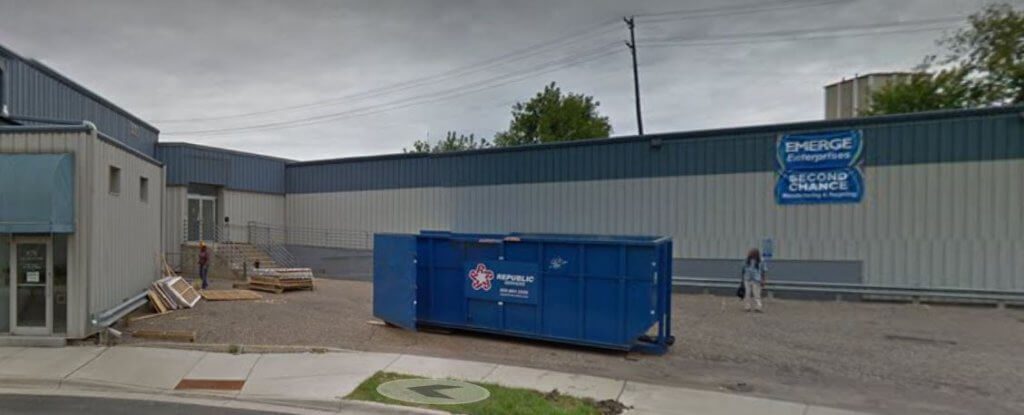
Mattresses arrive in a dumpster like the one above and then are inspected for bed bugs. Any bed bug mattresses are rejected and taken elsewhere to be destroyed.
Once inside the facility they are sorted. Mattresses that are wet from rain or snow are left in a separate room to dry:

Once they are received and sorted, the next step is to take off any fabric which batting. Some of the wool batting can potentially be reused as a weed barrier.


Once the material has been removed from the mattresses, it is sorted into different components. Below is a picture of a bale of batting that can be reused.

The steel from inner spring mattresses and old box spring units are stripped away and baled. This machine rips the steel away from old box springs. New box spring units no longer have springs, they are basically just slats systems with a cover over them.

The springs are then baled in a baler like this:
As you can see from the picture below, there are even “new” mattresses that wind up here. The mattress on the top of this pile may have been returned under a free trial period and only used for a month or so.
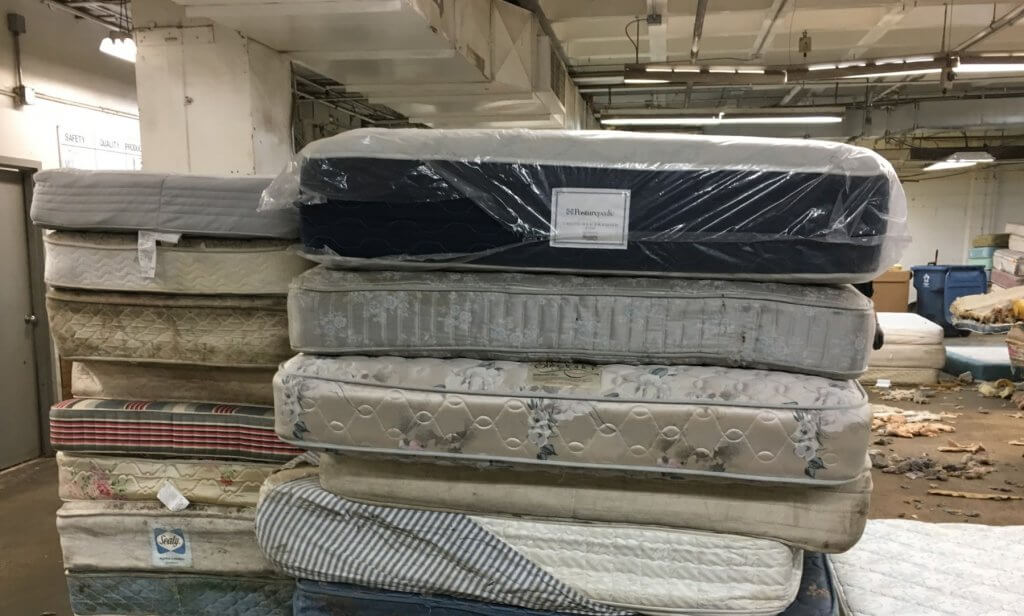
More and more mattresses are incorporating foam into their construction. The main reason is that foam is still the best pressure relieving material, in my opinion. But again, this creates an environmental dilemma. Quite of a bit of the foam that is stripped from these mattresses is taken to other factories where it is cleaned and turned into foam padding for carpeting.
Foam from mattresses can be recycled through a process called foam shredding. Here’s an overview of how foam recycling works:
Collection: Foam is collected from old mattresses at a recycling facility or a participating collection site.
Sorting: The foam is sorted by type and quality. This helps to ensure that the foam is processed in the most efficient way possible.
Shredding: The foam is then shredded into small pieces using a foam shredding machine. This process breaks down the foam into small pieces that can be easily transported and processed.
Compacting: The shredded foam is then compacted into blocks or bales. This makes it easier to transport and store.
Processing: The compacted foam blocks or bales are then transported to a recycling facility. At the facility, the foam is broken down further and turned into new products, such as carpet padding or insulation.
Overall, foam recycling is a great way to reduce waste and conserve resources. By recycling foam from mattresses, we can help to reduce the amount of foam that ends up in landfills and create new products from old materials.
Here’s a picture of the bales of foam ready to go to another facility out of state to be turned into carpet padding.
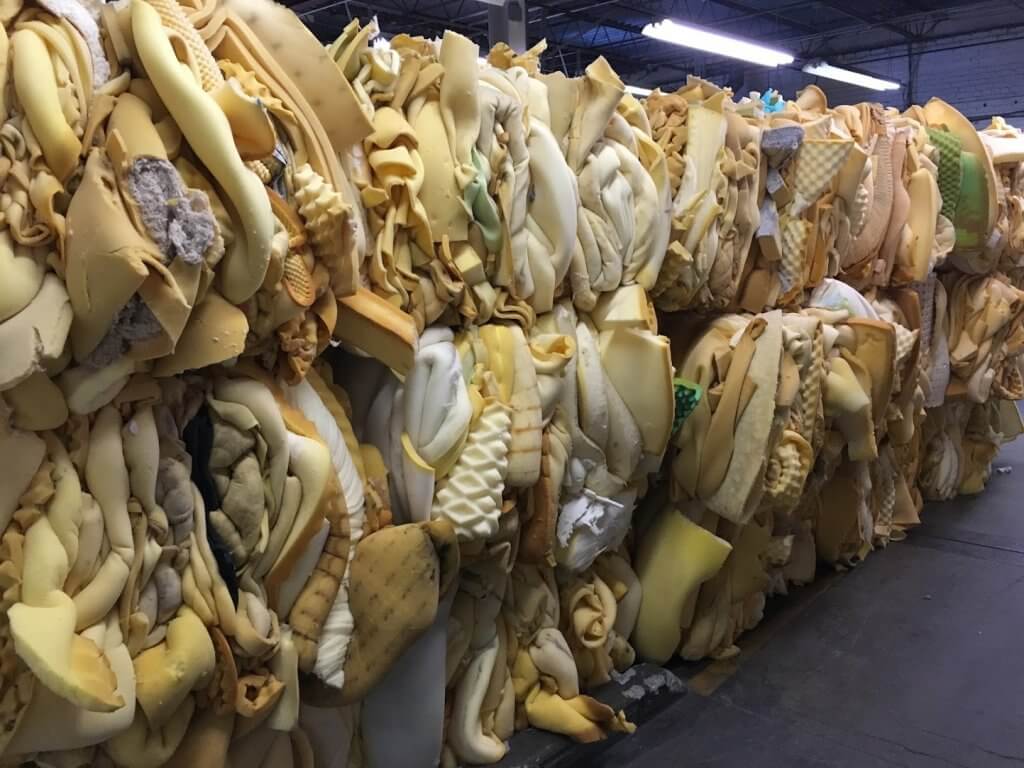
As you can see, this all adds up in a big way. This is really just a portion of a larger metro area in the United States. If more municipalities required recycling as opposed to dumping, there would be a much larger benefit. Here are some eye opening numbers from the Second Chance website.
Mattress Recycling…
- Reduces greenhouse gasses. 10,000 mattresses equates to approximately 125 tons of steel, 20 tons of wood and 15 tons of foam.
Recycling this material saves 239 tons of CO2, the equivalent of planting 373 trees or taking 40 cars off the road for a year. - Reduces taxes and fees for waste disposal.
- Offers higher financial incentive as an alternative to landfills.
- Helps preserve heavy equipment used in landfill operations as the springs from mattresses are hard on this equipment.
When you are ready to get rid of your old mattress, check with your garbage hauler to see what they will do with it. A growing number of cities across the country have facilities that can recycle it.
According to the website, Bye Bye Mattress, more than 50,000 mattresses wind up in landfills every year. They have a great mattress recycling directory to help you locate a facility near you.
What is Bye Bye Mattress?
Bye Bye Mattress is a mattress recycling program that operates in California, Connecticut, and Rhode Island. The program is run by the Mattress Recycling Council (MRC), a nonprofit organization that was created in 2013 in response to legislation that requires mattress manufacturers to develop and implement a recycling program for used mattresses.
Bye Bye Mattress offers free mattress recycling to residents, businesses, and institutions in the three states where the program operates. The program works by collecting used mattresses from participating collection sites and transporting them to recycling facilities, where they are broken down into their individual components and recycled.
The program aims to divert as many mattresses as possible from landfills, reduce illegal dumping of mattresses, and create new jobs in the recycling industry. Since its inception, Bye Bye Mattress has recycled over 5 million mattresses in California, Connecticut, and Rhode Island.
In addition to its mattress recycling efforts, the MRC also works to educate consumers about the importance of mattress recycling and to develop new technologies and strategies for improving the efficiency of the recycling process.
How to Get Rid of Old Mattress in California
Recycling: One of the best options for disposing of a mattress in California is to recycle it. You can take your mattress to a mattress recycling facility, or drop it off at a participating collection site. The Bye Bye Mattress program offers free mattress recycling in California, and you can find a list of participating collection sites on their website.
Donation: If your mattress is in good condition, you may be able to donate it to a local charity or non-profit organization. Some organizations that accept mattress donations in California include the Salvation Army, Goodwill, and Habitat for Humanity.
Curbside pickup: Some cities in California offer curbside pickup of bulky items, including mattresses. Check with your local waste management department to see if this service is available in your area.
Junk removal service: If you’re unable to transport your mattress to a recycling facility or donation center, you can hire a junk removal service to pick it up and dispose of it for you. There are several junk removal companies in California that offer this service, including 1-800-GOT-JUNK and Junk King.
It’s important to note that it’s illegal to dispose of a mattress in California by dumping it in a public area or landfill. By recycling or donating your old mattress, you can help reduce waste and support a more sustainable future.
According to the International Sleep Products Association (ISPA), in 2020, the United States as a whole sold approximately 37.9 million mattresses. It’s reasonable to assume that California, being one of the most populous states in the US, would have a significant portion of that market share.
Again, this is just a rough estimate and it’s difficult to determine the exact number of mattresses sold in California without more specific data.
Mattress Recycling Programs by State
Mattress recycling laws vary by state, with some states having mandatory recycling programs and others having voluntary programs. Here is an overview of mattress recycling laws by state in the United States:
Mandatory recycling programs:
California: The state has a mandatory mattress recycling program, which requires mattress manufacturers to develop and implement a recycling program for used mattresses. The program is run by the Mattress Recycling Council, which operates the Bye Bye Mattress program.
Connecticut: The state has a mandatory mattress recycling program, which requires mattress manufacturers to develop and implement a recycling program for used mattresses. The program is run by the Mattress Recycling Council, which operates the Bye Bye Mattress program.
Rhode Island: The state has a mandatory mattress recycling program, which requires mattress manufacturers to develop and implement a recycling program for used mattresses. The program is run by the Mattress Recycling Council, which operates the Bye Bye Mattress program.
Voluntary recycling programs:
Oregon: The state has a voluntary mattress recycling program, which is run by the nonprofit organization, the Oregon Mattress Recycling Council.
Massachusetts: The state has a voluntary mattress recycling program, which is run by the nonprofit organization, UTEC Mattress Recycling.
Colorado: The state has a voluntary mattress recycling program, which is run by the nonprofit organization, Spring Back Colorado.
Minnesota: The state has a voluntary mattress recycling program, which is run by the nonprofit organization, Mattress Recycling Council of Minnesota.
Washington: The state has a voluntary mattress recycling program, which is run by the nonprofit organization, Mattress Recycling Council of Washington.
It’s important to note that mattress recycling laws and programs can change over time, so it’s a good idea to check with your state or local waste management department to see what options are available for mattress recycling in your area.
Your Trash Hauler
In many areas, local trash haulers do not pick up old mattresses as part of their regular trash collection service. This is because mattresses are considered bulky items and require special handling and disposal.
However, some trash haulers may offer a separate bulky item pickup service for an additional fee. It’s a good idea to check with your local waste management department or trash hauler to see if they offer this service and what the associated fees are.
Alternatively, you can check with your local recycling or waste disposal facility to see if they accept mattresses for recycling or disposal. Many communities have mattress recycling programs or facilities that can help you properly dispose of your old mattress.
Another option is to donate your old mattress to a local charity or non-profit organization, if it’s in good condition. Some organizations, such as the Salvation Army or Goodwill, accept mattress donations and will arrange for pickup or drop-off.
It’s important to note that dumping an old mattress illegally is not only harmful to the environment but also illegal in many areas. Therefore, it’s important to dispose of your old mattress properly and responsibly.
Mattress Disposal in San Diego
The City of San Diego offers a curbside pickup service for bulky items, including mattresses. Here’s how to schedule a mattress pickup in the City of San Diego:
Call the Environmental Services Department: You can call the City of San Diego’s Environmental Services Department at 858-694-7000 to schedule a pickup. You’ll need to provide your address and information about the items you want to dispose of, including the number of mattresses.
Schedule a pickup time: The Environmental Services Department will provide you with a date for your pickup. You’ll need to place your items at the curb by 6:00 a.m. on the scheduled pickup day.
Prepare your mattress: Before your pickup, you’ll need to wrap your mattress in plastic to protect it from damage and prevent the spread of bed bugs. You can use a plastic mattress bag, which can be purchased at many home improvement or hardware stores.
Place your mattress at the curb: On the day of your pickup, place your wrapped mattress at the curb by 6:00 a.m. Make sure it’s easily accessible and visible for the pickup crew.
It’s important to note that the City of San Diego’s bulky item pickup service is available to residents who live in single-family homes and small apartment complexes. If you live in a larger apartment complex or multi-unit building, you may need to make other arrangements for mattress disposal.

